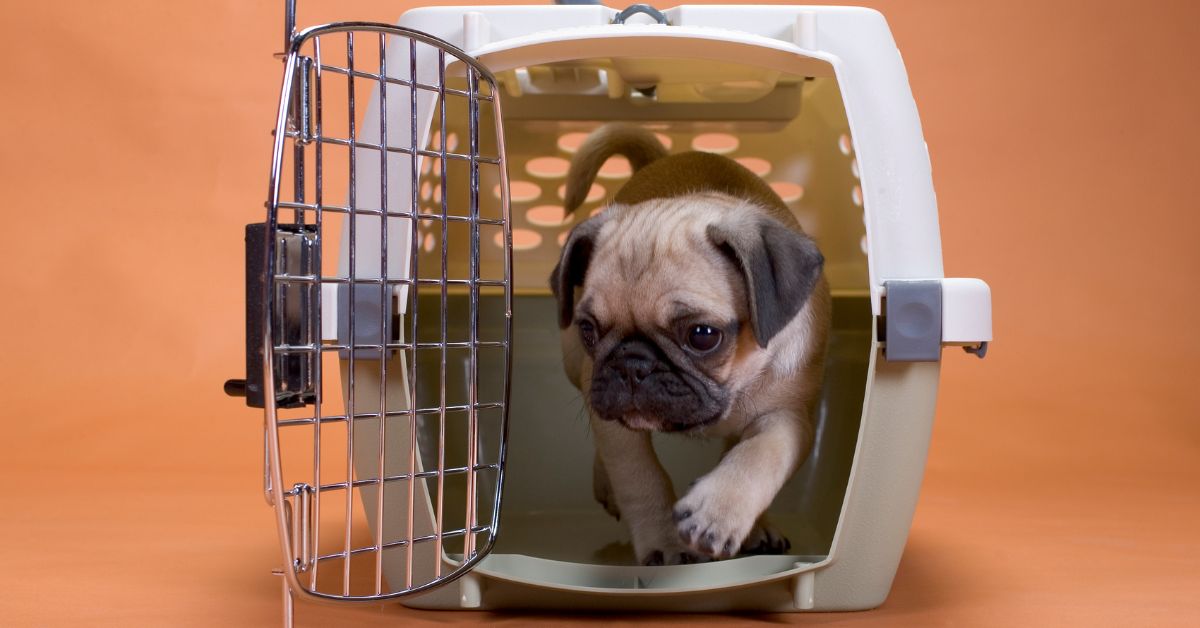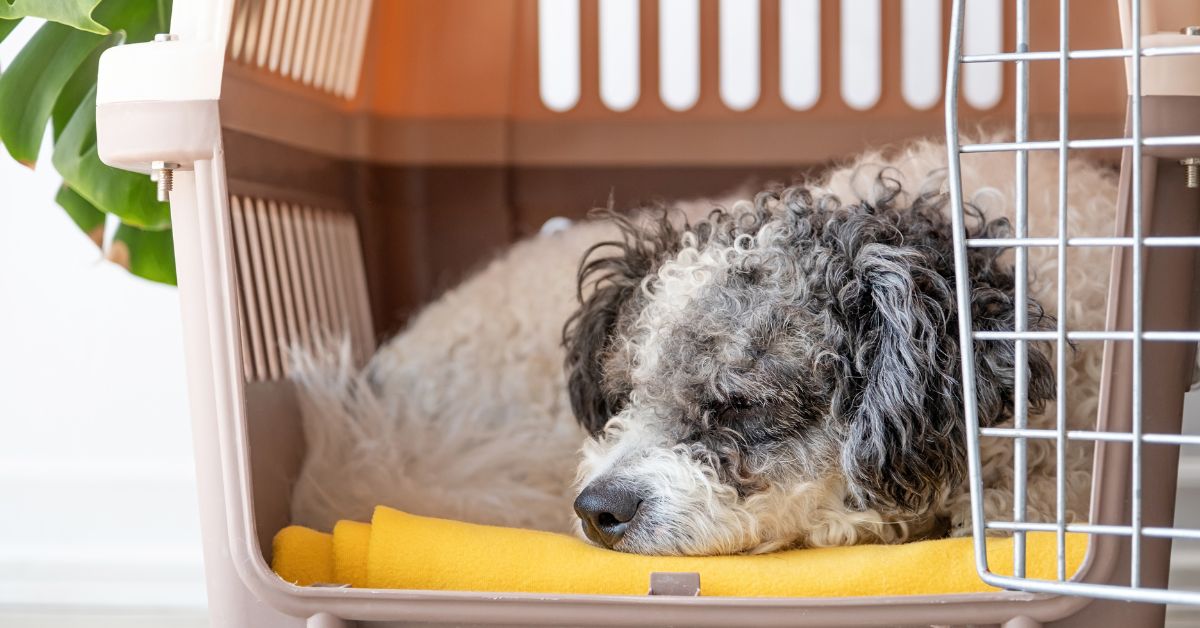Crate training an older dog can present unique challenges compared to training a puppy, but with patience, consistency, and the right approach, it’s entirely possible to help your adult dog view their crate as a safe and comfortable space. While puppies haven’t yet developed strong habits or preferences, older dogs may have established behaviors and possibly negative associations with confined spaces that need to be overcome. This guide will walk you through the process of successfully crate training your adult dog.
Importance of Crate Training
Before diving into the training process, it’s essential to understand why crate training can benefit your older dog. A crate provides a personal den-like space that appeals to your dog’s natural instincts. When properly introduced, it can serve as a safe haven during stressful situations, aid in house training, prevent destructive behavior when you’re away, and make traveling with your pet easier. For older dogs, a crate can become a peaceful retreat where they can relax undisturbed.
Choosing the Right Crate
Selecting an appropriate crate is crucial for successful training. The crate should be large enough for your dog to stand up, turn around, and lie down comfortably, but not so spacious that they could use one corner as a bathroom and another for sleeping. For older dogs, consider factors like joint health when choosing between wire, plastic, or furniture-style crates. Wire crates offer good ventilation and visibility, while some dogs prefer the den-like feeling of plastic crates. If your dog has arthritis or joint issues, ensure the entrance is easily accessible and consider placing soft bedding inside for extra comfort.
Creating Positive Associations
The key to successful crate training with an older dog lies in building positive associations from the start. Unlike puppies, adult dogs may have previous negative experiences with crates or confinement that need to be overcome. Begin by placing the crate in a central area of your home where the family spends lots of time, such as the living room. This prevents the dog from feeling isolated and allows them to observe the crate as part of their normal environment.
The Initial Introduction
Never force your older dog into the crate, as this can create or reinforce negative associations. Instead, make the crate inviting by placing comfortable bedding and high-value treats inside. Allow your dog to investigate the crate at their own pace. Place treats near the entrance, just inside the door, and gradually further back into the crate. Some dogs may take several days just to feel comfortable approaching the crate, and that’s perfectly fine. Patience is essential during this phase.
Building Duration and Comfort
Once your dog willingly enters the crate to retrieve treats, begin feeding their regular meals near the crate, gradually moving the food bowl closer to and eventually inside the crate. Start with the bowl just inside the entrance, where they can eat without fully entering. As your dog becomes more comfortable, move the bowl further back until they’re completely inside the crate while eating.

Introducing the Door
After your dog is comfortable eating in the crate, begin closing the door for very brief periods while they eat. Initially, open the door as soon as they finish their meal. Gradually increase the duration you leave the door closed after meals, starting with just a few seconds and working up to several minutes. If your dog shows signs of anxiety, you’re moving too fast – return to a previous step where they were successful.
Training Sessions Between Meals
Between mealtimes, continue building positive associations through short training sessions. Use a command like “crate” or “bed” consistently when asking your dog to enter. Make it into a game by tossing treats or favorite toys into the crate and praising them when they enter. Practice having them enter and exit the crate multiple times, rewarding them generously for compliance.
Extending Time and Adding Distance
As your dog grows more comfortable, begin extending the duration they spend in the crate while you remain in sight. Start with short periods of a few minutes and gradually increase the time. Use a favorite chew toy or Kong filled with treats to make the experience more enjoyable. Once they’re relaxed with you in sight, start moving around the room, then briefly leaving and returning. Gradually increase the distance and duration of your absences.
Nighttime Crating
If you plan to have your dog sleep in the crate, introduce nighttime crating gradually. Place the crate in your bedroom or nearby so your dog doesn’t feel isolated. Many older dogs actually appreciate having a designated sleeping space, but they may need time to adjust. Maintain your dog’s regular evening routine, but add the crate as the final sleeping location. Initially, you might need to sit near the crate until they settle.
Managing Anxiety and Resistance
Some older dogs may show signs of anxiety or resistance during crate training. Common signs include whining, barking, pawing at the crate, or refusing to enter. If this occurs, slow down the training process and ensure all experiences with the crate are positive. Never use the crate as punishment, as this can undo your progress and create negative associations.
Dealing with Special Challenges
Older dogs may have physical limitations or health issues that affect crate training. Dogs with arthritis may need ramps or steps to enter raised crates. Those with anxiety might benefit from covering the crate with a blanket to create a more den-like atmosphere. Some older dogs may need more frequent bathroom breaks, so adjust training periods accordingly. If your dog has any medical conditions, consult with your veterinarian about specific considerations for crate training.
Maintaining Success
Once your dog is comfortable with the crate, maintain the positive association by continuing to offer treats and praise occasionally when they enter. Keep the crate accessible when you’re home so they can use it voluntarily. Many dogs will begin to seek out their crate as a peaceful retreat, especially during stressful situations like thunderstorms or when visitors arrive.
When to Seek Professional Help
If your older dog shows severe anxiety, fear, or aggressive behavior related to the crate, or if you’re not making progress despite following these steps, consider consulting a professional dog trainer or behaviorist. They can assess your specific situation and provide personalized guidance based on your dog’s needs and history.
Final Thoughts
Remember that crate training an older dog requires patience, consistency, and understanding. While some dogs may adjust to a crate within a few weeks, others might need several months to feel fully comfortable. The key is to move at your dog’s pace and maintain a positive, encouraging atmosphere throughout the training process. With time and proper training, most older dogs can learn to view their crate as a comfortable, safe space that they enjoy spending time in.



